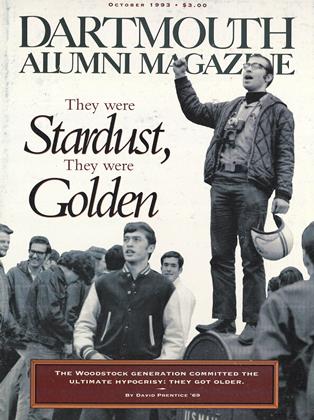Queens, wise women, and prophetesses
MIEKE BAL, Lethal Love: FeministLiterary Readings of Biblical LoveStories (Indiana University Press, 1987); Murder and Difference: Gender, Genre, andScholarship on Sisera's Death (Indiana University Press 1988); Death andDissymmetry: The Politics of Coherencein the Book of Judges (University of Chicago Press 1988)—In three challenging yet rewarding books, Bal uses strategies derived from literary criticism to highlight the significance of gender in biblical texts.
PHYLLIS BIRD, "The Place of Women in Israelite Cultus" in Ancient Israelite Religion, edited by P.D. Miller, P.D. Hanson, and S.D. McBride (Fortress Press, 1987)—Bird looks specifically at ancient Israelite religion, drawing particular attention to the limited opportunities available for women to serve as religious leaders or to participate in worship.
ATHALYA BRENNER, The Israelite Women: SocialRole and Literary Type in Biblical Narrative (Journal for the Study of the Old Testament Press, 1985)—Rather than focusing, as many scholars do, on individual women of the Bible or on biblical women in general, Brenner looks at "types" of women—queens, wise women, prophetesses— with the goal of articulating the kinds of social roles filled by women in ancient Israel.
ADELA COLLINS, editor, Feminist Perspectives inBiblical Scholarship (Scholars Press, 1985); Letty Russell, editor, Feminist Interpretation of the Bible (Fortress Press, 1985)—Two solid collections of articles written by many of the leading practitioners of feminist biblical scholarship.
PEGGY DAY, editor, Gender and Difference inAncient Israel (Augsburg Fortress Press, 1989)— Another collection of essays, these typifying the approach to .feminist scholarship that simultaneously admits the patriarchy of biblical traditions and seeks to find mitigating hints of redemption.
JO ANN HACKETT, "In the Days of Jael: Reclaiming the History of Women in Ancient Israel" in Immaculate and Poweiful:The Female in Sacred Image and SocialReality, edited by C.W. Atkinson, C.H. Buchanan, and M.R. Miles (Beacon Press, 1985); "Women's Studies and the Hebrew
Bible," in The Future of Biblical Studies: TheHebrew Scriptures, edited by R.E. Friedman and H.G.M. Williamson (Scholars Press, 1987)— Hackett focuses primarily on women in the Book of Judges, arguing that by limiting her examination to literature from a circumscribed historical period and scribal school she can better draw conclusions about the specifics of certain women's lives in ancient Israel. She even suggests female authorship of judges 3-16!
CAROL MEYERS, Discovering Eve: Ancient IsraeliteWomen in Context (Oxford University Press, 1988)—Meyers is both biblical scholar and archaeologist who teaches at Duke along with her husband Eric (Dartmouth '62). Because of her archaeological training she uses very productively here and in other articles the insights of anthropology and ethnography.
PHYLLIS TRIBLE, God and the Rhetoric of Sexuality (Fortress, 1978); Texts of Terror: Literary andFeminist Readings of Biblical Narratives (Fortress Press, 1984) Trible in her first work recovers positive imagery concerning women from seemingly patriarchal texts, while her second book draws our attention to some of the more "terrifying" examples of biblical misogyny.
Ackerman
 View Full Issue
View Full Issue
More From This Issue
-
 Feature
FeatureTwo Women, Once Alive
October 1993 By Tig Tillinghast '93 -
 Cover Story
Cover StoryWe were Stardust, We were Golden
October 1993 By David Prentice '69 -
 Feature
FeatureNotes from the Biosphere
October 1993 By Mark Nelson '68 -
 Article
ArticleDivers Notes & Observations
October 1993 By "E. Wheelock" -
 Article
ArticleThe Daughters of Eve
October 1993 By Karen Endicott -
 Class Notes
Class Notes1971
October 1993 By Thomas G. Jackson
Article
-
 Article
ArticleTHAYER AND TUCK GRADUATION
APRIL, 1908 -
 Article
ArticlePresident Dickey Gets LL.D.
July 1961 -
 Article
ArticleThe Kid Eyes the Hopefuls
JANUARY 2000 By "Mom" -
 Article
ArticleHanover Browsing
November 1952 By HERBERT F. WEST '22 -
 Article
ArticleTHE DIARY OF MRS. PRESIDENT BROWN ON A JOURNEY TO THE SOUTH IN 1819
December 1924 By John K. Lord '68 -
 Article
ArticleTuck School
FEBRUARY 1959 By R. S. BURGER

